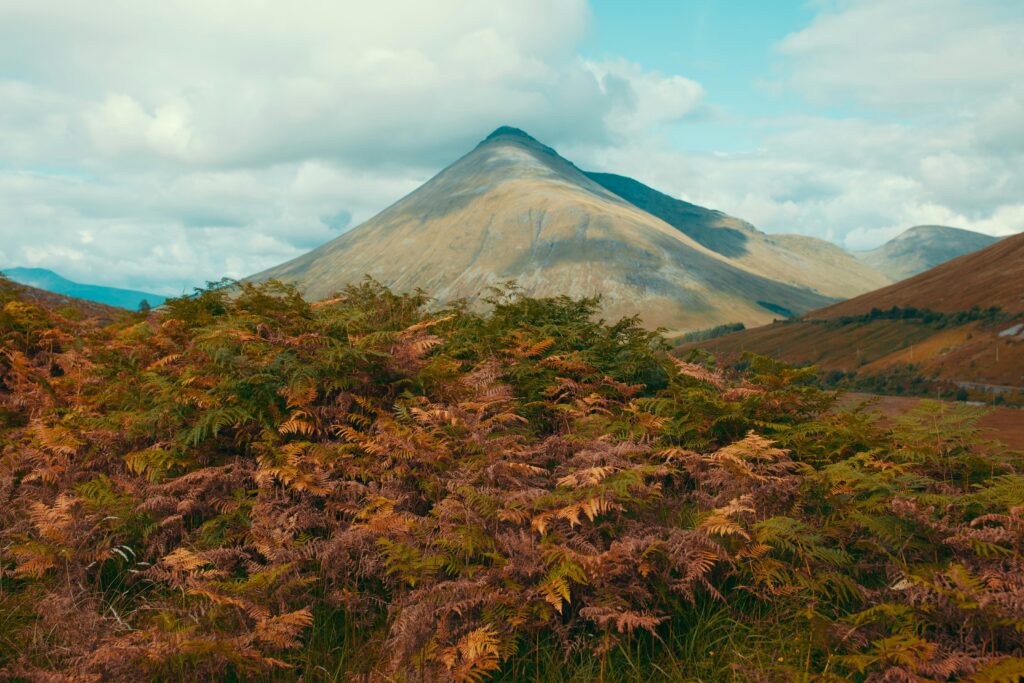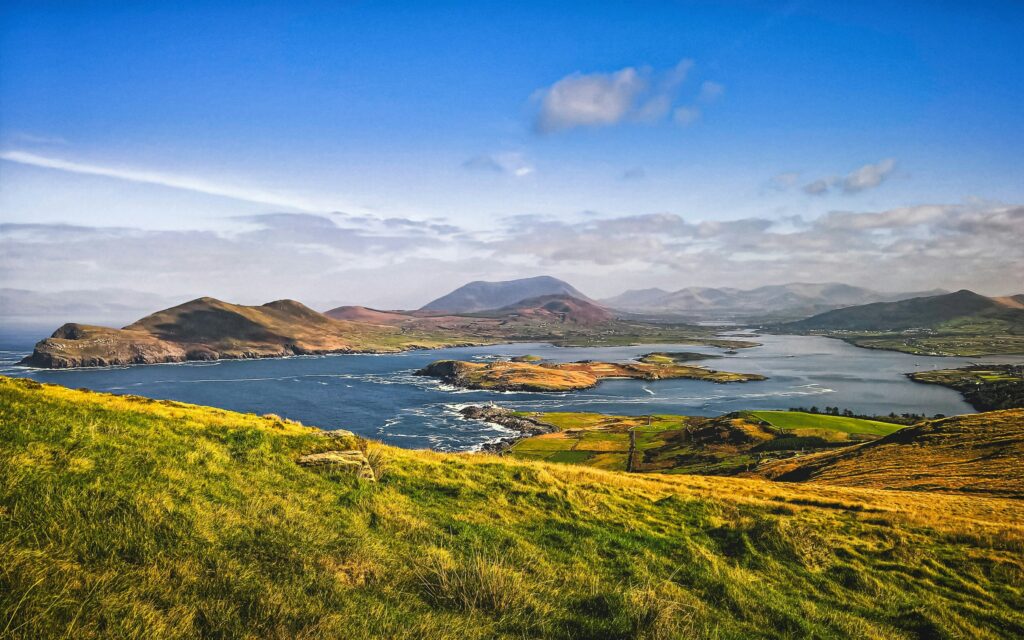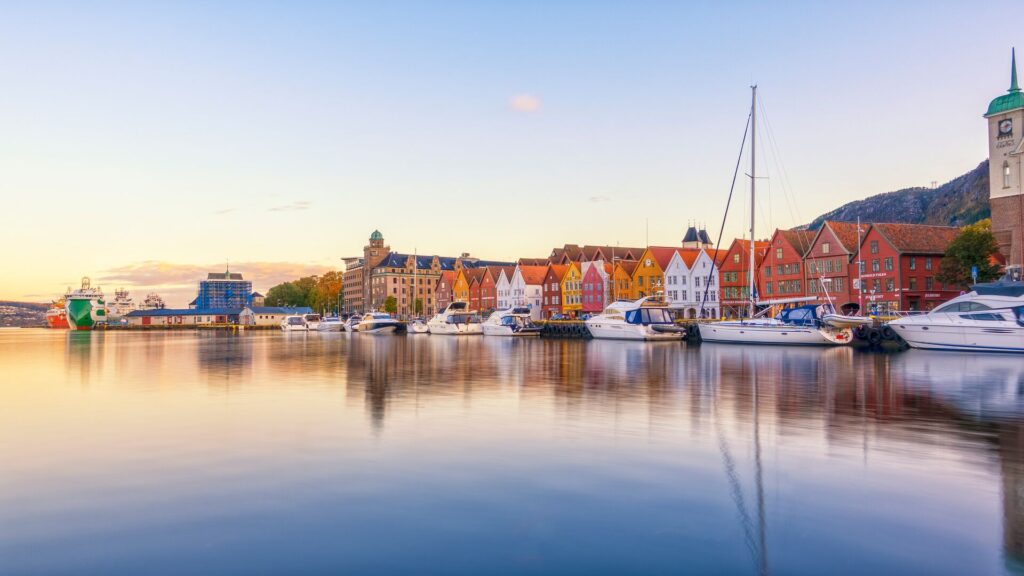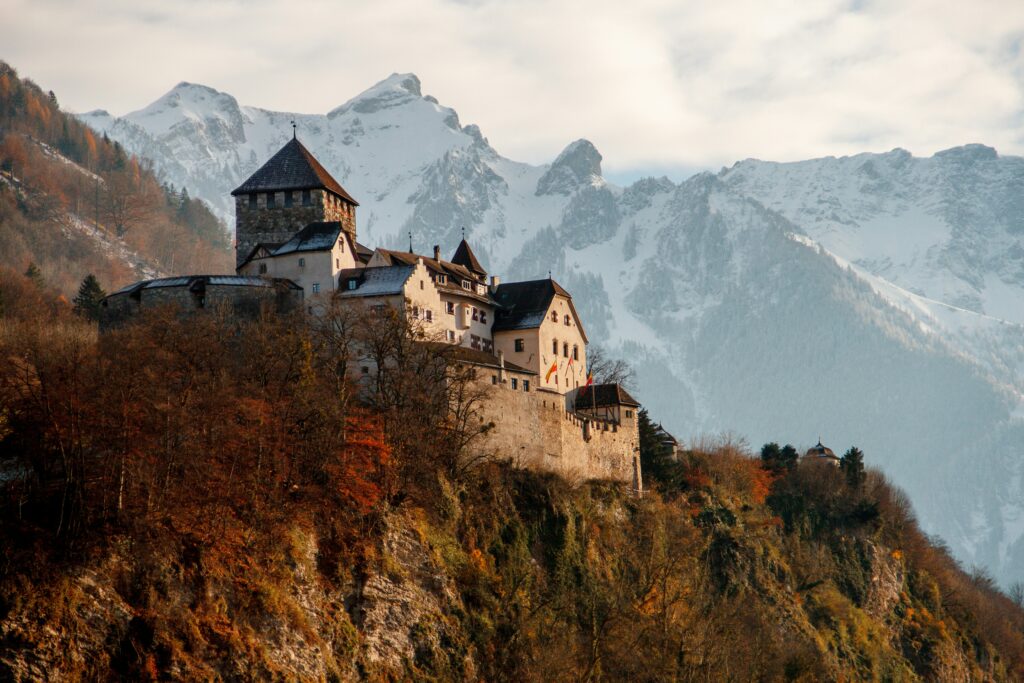Best Time to Visit Banff: When to See the Rockies at Their Best
Banff is the most visited national park in Canada. Take one look at the Canadian Rockies set against the lakes, ice fields, and glaciers and you’ll see why Alberta’s 6,641 square kilometers (2,564 square miles) of natural beauty is coveted across the country. Planning a trip to Banff is difficult because it’s far from a “seasonal town”. When’s the best time to visit Banff? Consider it a trick question: there’s no wrong month to visit Banff, only weeks that are better suited for snowy or sunny activities.
What are the best months to visit Banff?
The best time to visit Banff is entirely subjective based on how you want to experience the park, though there are a few months to circle on the calendar. July and August are fantastic months to visit Banff to soak up as much daylight and warmth as possible. Late February and early March are perfect times to visit for maximum snowfall.
Though they rest in the shoulder seasons where variable weather conditions can alter your itinerary, mid-April and mid-September are great opportunities to take advantage of lower prices and fewer crowds.
Because most visitors to Banff come for either loads of snow or lots of sun, here’s what you need to know about visiting Banff National Park for the snow-filled slopes and sunkissed lakes.
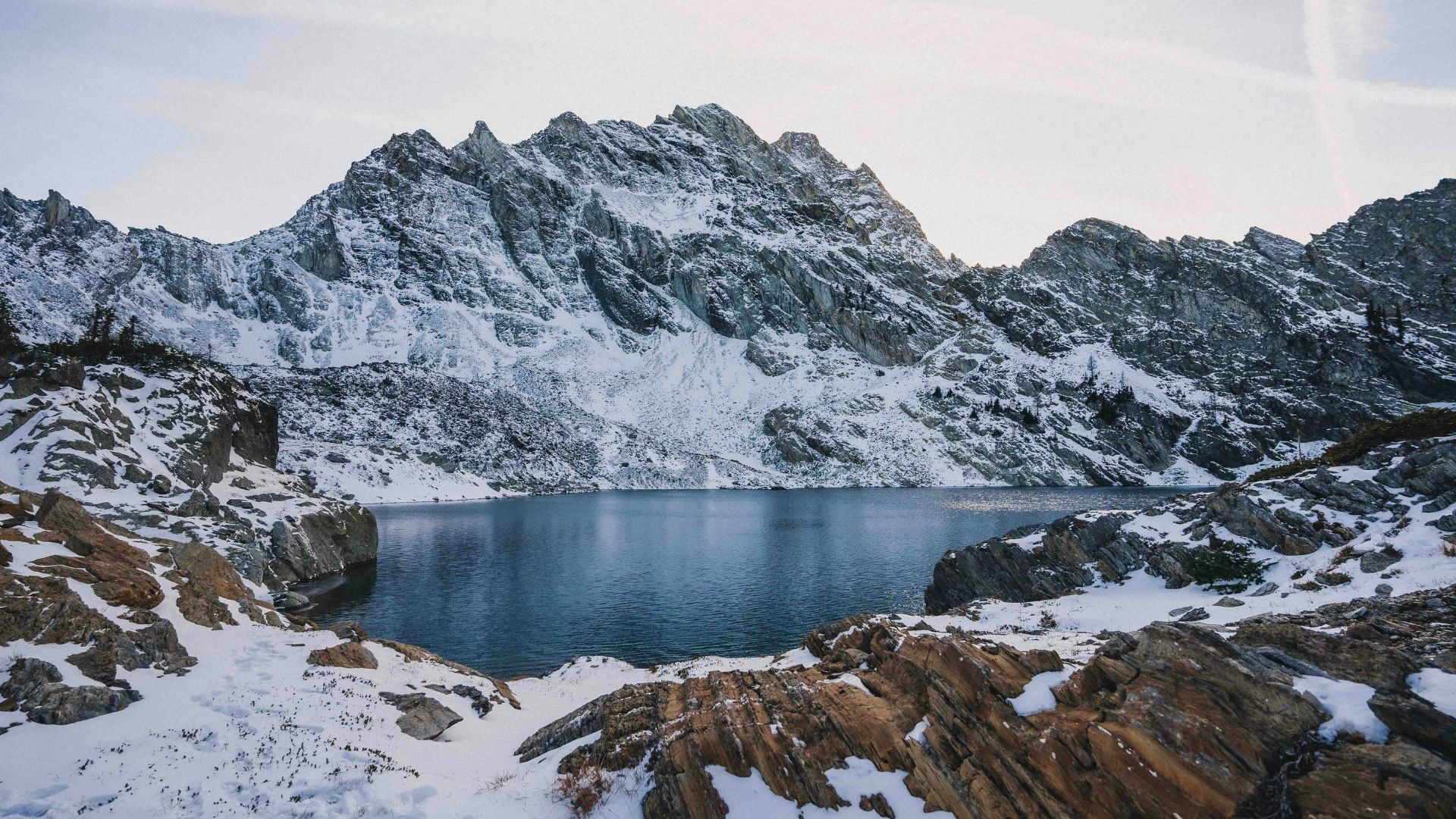
Banff is a UNESCO World Heritage Site, designated in 1984.
Snow Season in Banff
Snow typically starts to fall in Banff around November and ends around March, but that doesn’t mean skiing season follows those dates. You can actually ski from November through May thanks to a surprising amount of snow falling throughout March. Tunnel Mountain is an ideal trail for beginner cross country skiers to tackle while more experienced snowboarders will find fun on Mt. Norquay.
Sunshine Season in Banff
When you’re looking for maximum fun in the sun, visit Banff between June and August. Warm weather welcomes locals and visitors to spend hours driving along the Icefield Parkway and lounging alongside Lake Louise. Although you might see snow settling atop the mountains in August, most hikers will only see fields of wildflowers…and plenty of other hikers. Banff’s sunshine season has peak visitor numbers similar to its snowy season.
Shoulder Season in Banff
Banff’s shoulder seasons are roughly between late-March to mid-June and late-September through November. This time of the year doesn’t have reliable snow or sunshine, which is why crowds are nowhere near as heavy as the peak seasons. Unique events like the autumn’s Banff Centre Mountain Film and Book Festival and spring’s Banff Food and Cocktail Festival offer the chance to fall in love with Banff in ways beyond its natural splendor.
See the Canadian Rockies and the Pacific Coast on a two-week guided tour that includes riding the Banff Gondola to Sulphur Mountain’s summit or taking a helicopter over the mountains.
How many days do you need for Banff?
The beauty of Banff is that you can spend a weekend or a week, enjoy a fulfilling experience, and still list reasons to return. For weekend warriors who are focused on maximizing the skiing season or getting some quality R&R, plan a three-day weekend. For those who desire a sampling of Banff’s natural and cultural attractions — with plenty of time to unwind in a resort, too — set aside five to eight days on your calendar.
DISCOVER MORE ON
What are the cheapest months to visit Banff?
Deep in the shoulder seasons, you’ll find the cheapest months to visit Banff: April, May, October, and November. Fewer visitors means cheaper flights and often discounted rates for resorts. April and November are better for snow-based itineraries while May and October are ideal for hiking and biking.
What are the best months to see the Northern Lights in Banff?
The best time to see the Northern Lights in Banff are from September to April, with March, September, and October having the best viewing opportunities. Regardless of which month you visit, you need to keep an eye on the forecast for clear skies and should try to visit an area near Banff where there’s minimal light pollution, such as Mt. Norquay, Johnston Canyon, Lake Minnewanka, or the Icefields Parkway.
SAVE UP TO $2,000 PER COUPLE* ON YOUR FIRST PREMIUM TOUR.
Plus receive latest offers, travel inspiration, and discover how your travels will make a positive impact. Together, WE MAKE TRAVEL MATTER®. Subscribe NowBanff: A Year-Round Destination
Banff is one of the most popular places in the Canadian Rockies thanks to its four-seasons of outdoor fun.
Winter
Best time to visit Banff for snow sports
Winter in Banff is majestic. December’s Christmas markets add an extra element of marvel to the snowy town. January brings Ice Magic: an immersive ice carving event hosted by the Fairmont Chateau Lake Lodge and running during the annual SnowDays Festival. Naturally, the snow itself is the main draw for winter in Banff.
Although a few natural attractions, like Moraine Lake, are inaccessible during the winter, other landmarks like the Banff Gondola are still in operation. Whether you’re spending your days with apres ski and your evenings chasing the Northern Lights or making as many tracks as possible with skiing, snowboarding, snowtubing, dog sledding and more, winter in Banff won’t disappoint.
Spring
Best time to visit Banff at a peaceful pace
Spring in Banff is as mixed as the weather forecast. Snowfall varies depending on the month you visit, though most casual outdoor enthusiasts will find skiing and snowshoeing to their liking. Most lakes near Banff have thawed, opening up paddling opportunities. Hiking is a year-round activity at Banff, but consider trails at lower elevations for the least amount of snow and ice.
Grizzly and black bears stir from their slumber in late-spring, so keep your camera at the ready. If the thought of trekking the trails is a little too chilly, you’ll appreciate the fewer visitors during shoulder season at Banff Upper Hot Springs and Radium Hot Springs.

The town of Banff is the second-highest town in Canada, at an elevation of 4,600 feet.
Summer
Best time to visit Banff for lakeside leisure
Summer is the hottest time of year in Banff with average highs in the mid 70℉s or low 20℃s. July can see temperatures hit 80℉/26℃ or higher. It’s no surprise that the lakes lure in visitors. By July, every natural attraction in and around Banff National Park is open and accessible. Before packing your itinerary with swimming in Lake Louise and fishing on Lake Minnewanka, keep in mind that everything else is packed, too.
Tons of visitors descend on Banff and increase summer prices. Whether you’re keen to whitewater raft Horseshoe Canyon or hit the trails on an ATV, plan your trip in advance to secure your spot.
Autumn
Best time to visit Banff for
Fall in Banff is a fiery sight. Green larches take on shades of gold, joining other trees in an autumnal evolution that tends to peak between August and September. By November, the snowy season sets in, so visiting in September and October’s shoulder season is the perfect time to appreciate the season’s colors. Hiking is exceptional: fewer footprints on these dry trails increases chances of wildlife viewing. The Northern Lights are especially visible during this time of year, too.
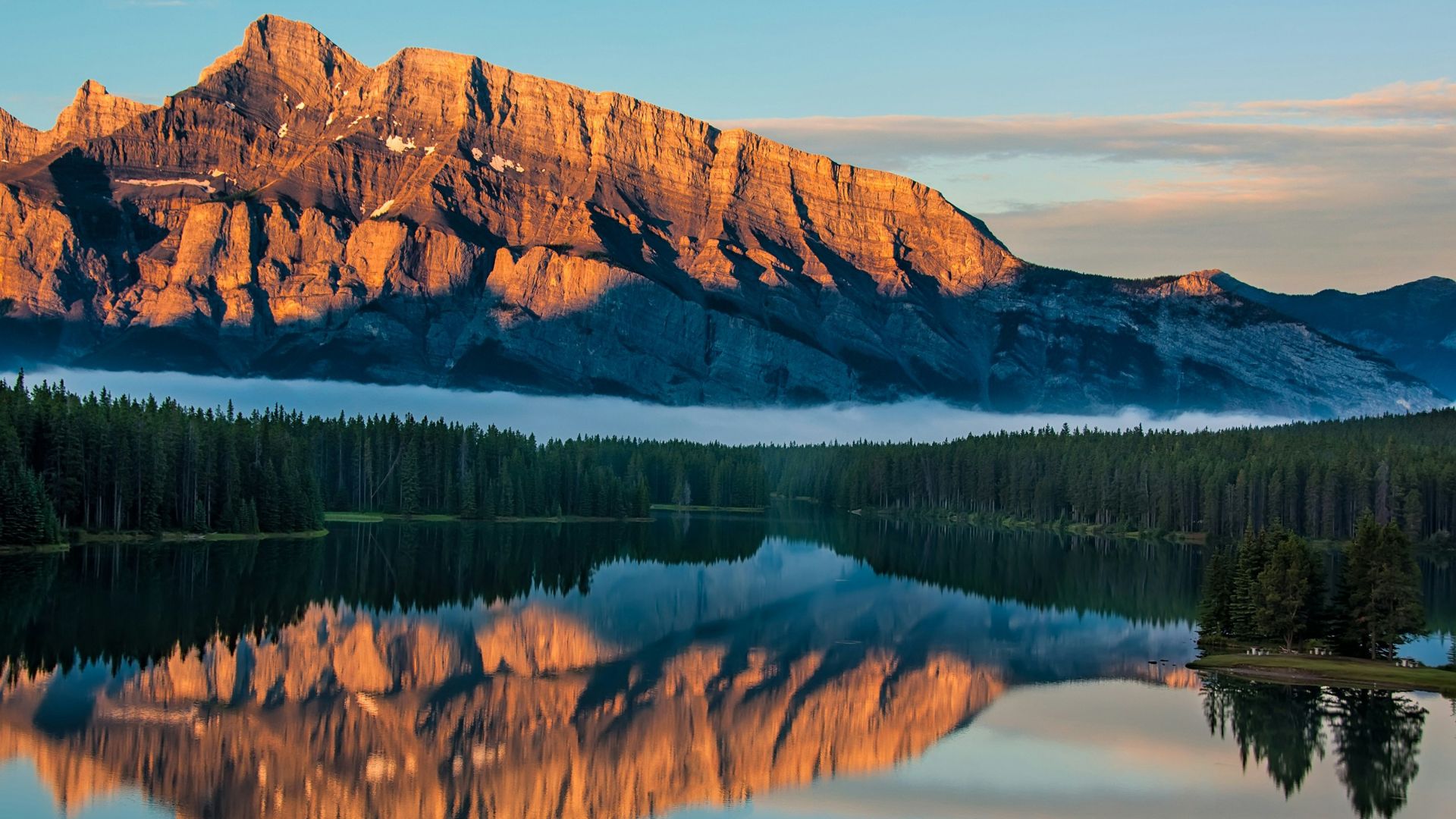
Banff is home to around 30 lakes (natural and artificial).
Remember that Banff National Park has its own seasonal schedule that may impact your plans. For example, there are hiking and biking restrictions on some trails in the summer to minimize disturbance to grizzly bears.
Let Insight Vacations lead you on an unforgettable adventure to Banff National Park no matter the season. Walk through the Boreal forest, have lunch on the shores of Lake Louise, and cruise on the Icefields Parkway Drive on our 8-day Spectacular Rockies and Glaciers of Alberta tour.
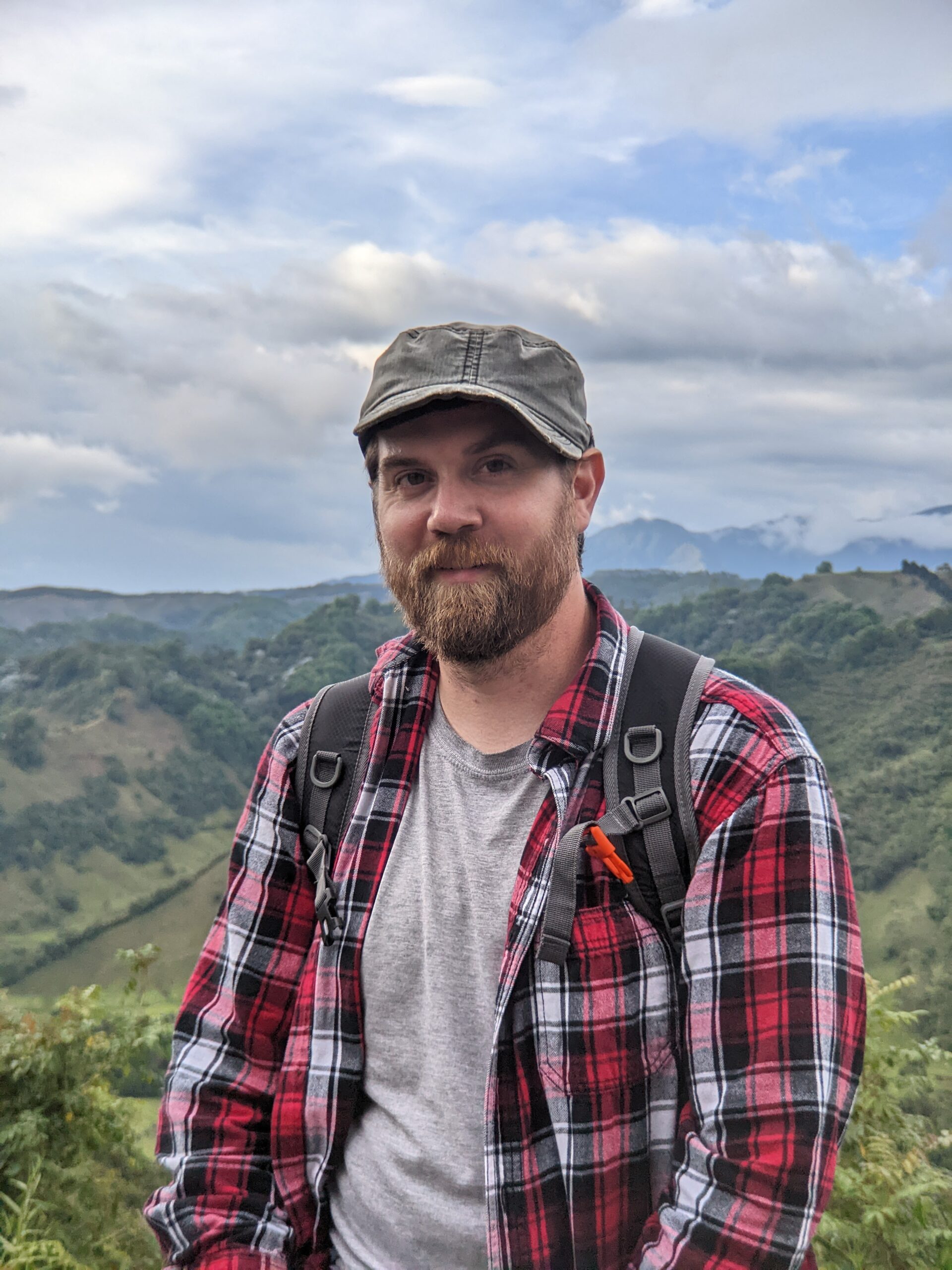
LIKED THIS POST? SHARE WITH YOUR COMMUNITY
